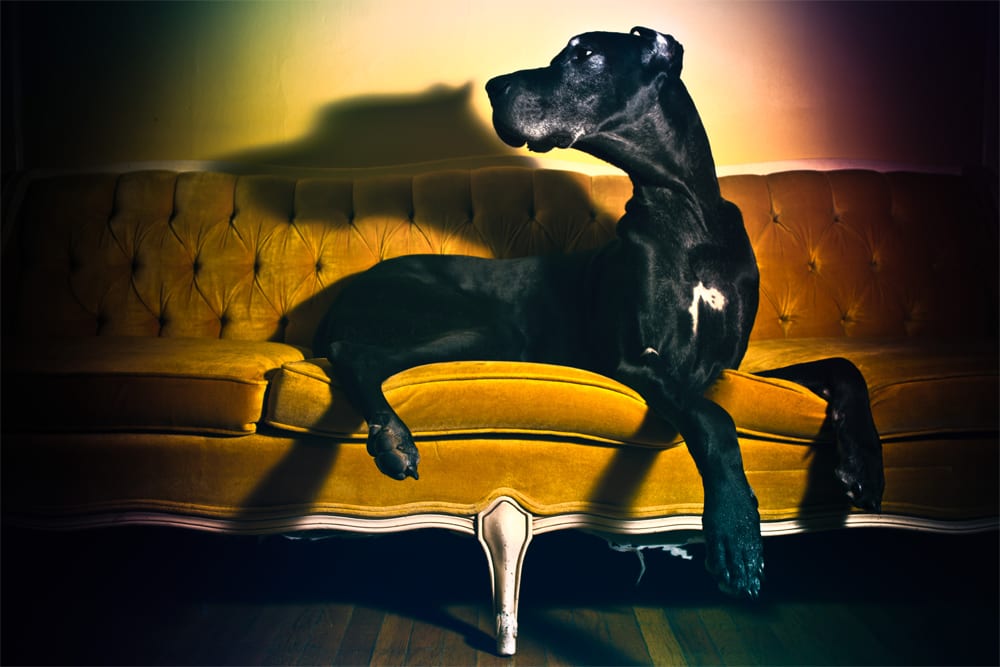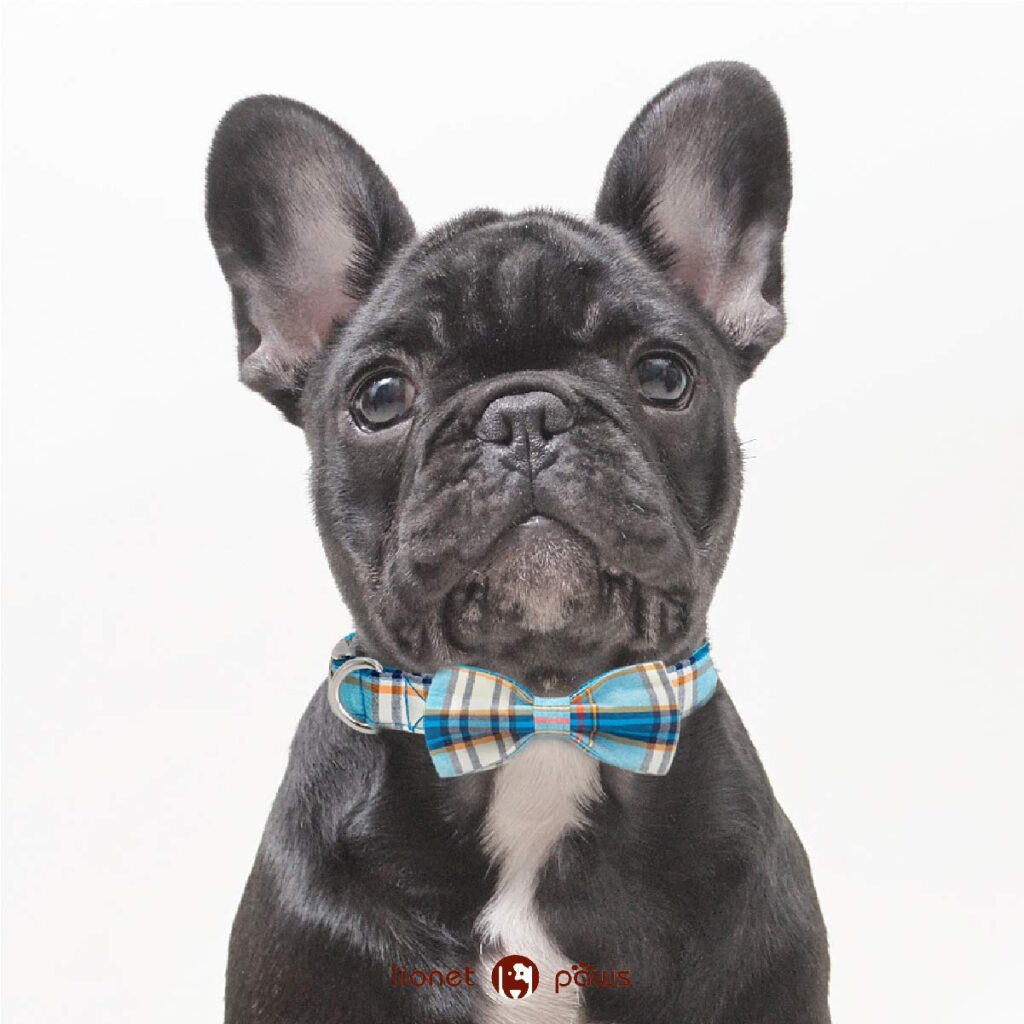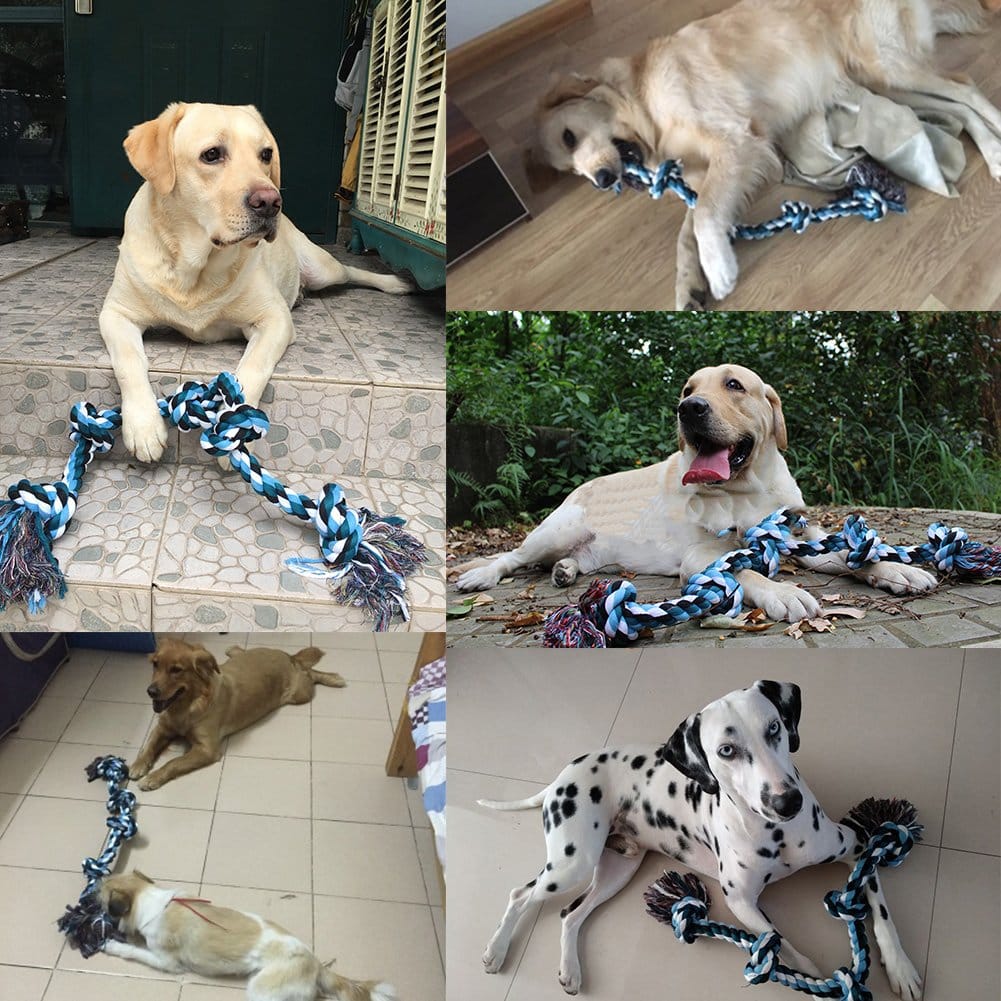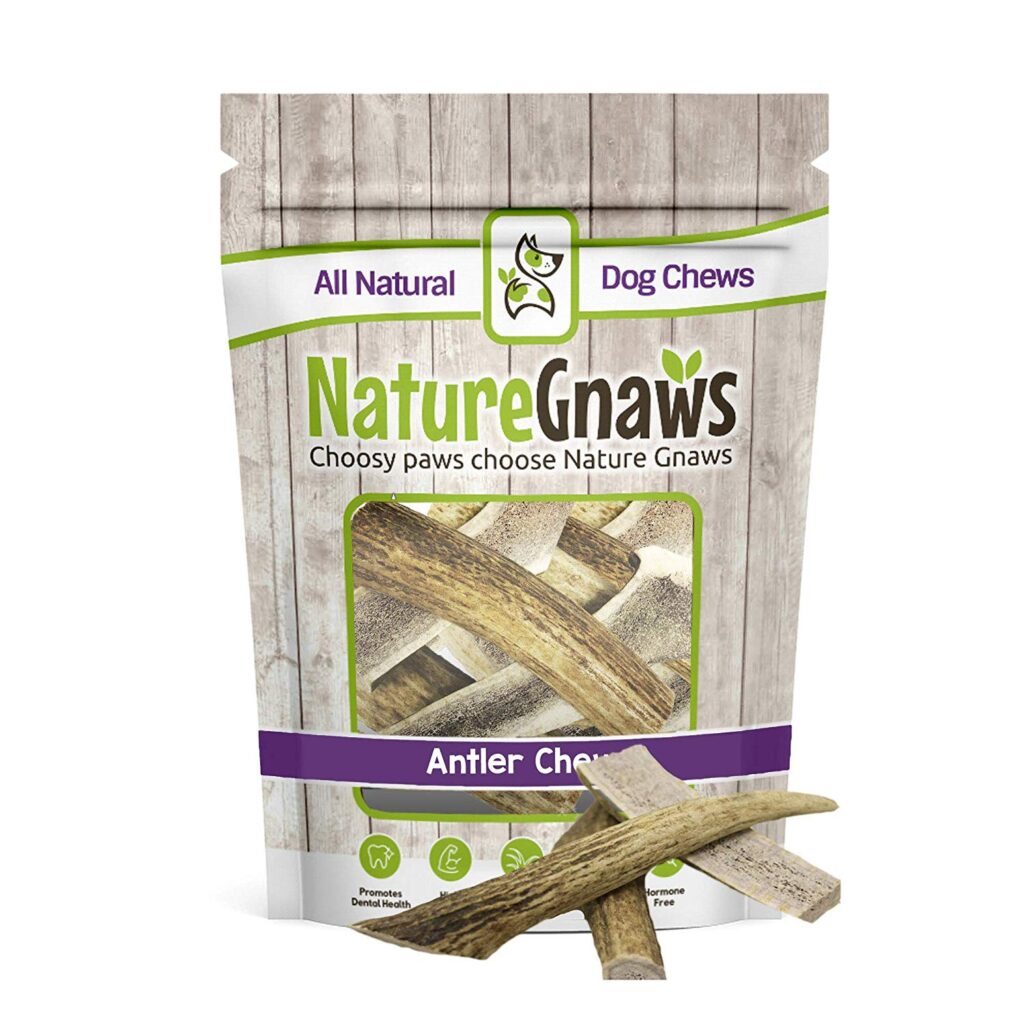Pet odors can be difficult to eliminate for the simple fact that they come from so many different sources. The odor might stem from more acute problems – like house training mishaps or stomach bugs. But most pet odor stems from more chronic sources – like shedding, slobber or pet dander.
As a dog photography studio that exclusively shoots dog portraits, we’ve learned a few things about eliminating pet odors over the years and we thought it might be fun to share some of our favorite tips with our dog blog readers.
Pet odor is mostly just common sense
Pet odor, like most issues of basic hygiene by and large common sense. Using the correct tools, techniques and products is important. But in many ways, timing and routine can be just as impactful – if not more so – when it comes to completely eliminating pet odors from your home.
Eliminate pet odors with prevention and maintenance
At our studio, we like to think pet odors are a lot like water damage, in that the best way to prevent water damage is to just keep your home dry. Most home owners learn pretty quickly that the more moisture you introduce into your home and the longer you let it sit, the more damaging and difficult it will be to clean up.
The same goes for pet odors. Rather than eliminating pet odors, you want to instead prevent odor sources before they happen and combat chronic order sources with frequent and regular light cleanings. Then if you do run into an acute odor source, you can eliminate it quickly with a deep spot clean.
10 tips for eliminating common pet odors
Combat dander at the source
Outside of litter and puppy pad training pads, the biggest odor offender is pet dander and shedding. The easiest way to remove pet dander and wayward fur from the equation is to eliminate it at the source.
1)Bathe your pets often with gentle soap
Dander is basically just shed skin cells. Like humans, it takes roughly a month for dogs to regrow and replace their skin cells. So, to mitigate dander you really should be bathing your dogs at least once a month, if not once every other week. But the vast majority of dog shampoos are not intended to be used this frequently.
Avoid bathing your dog with harsh shampoos
To help keep pets selling nice between bathes, many shampoos relay on fairly harsh chemicals, deodorants and fragrances. Which can limit how often you can safely bathe your pet. Over bathing your pet can lead to hot spots, skin irritation, and even infections – none of which will help your pet or your home smell any better.
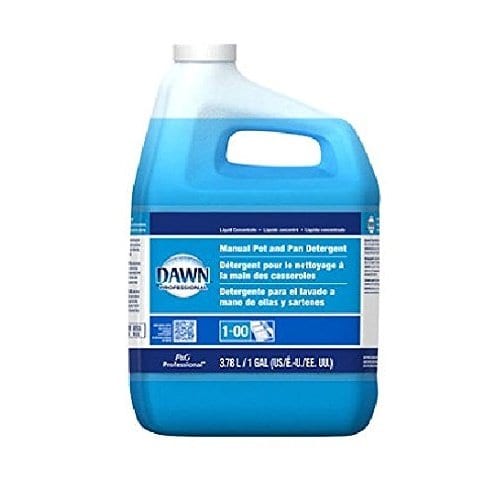
Blue Dawn Dish Soap is a great alternative to pet shampoos
Instead of pet shampoos, I strongly recommend using the original Blue Dawn dish washing soap. Dawn is cheap, readily available (you probably already have some in your kitchen), it lends a deep clean, and I find it to be much gentler than most pet shampoos.
Dawn dish washing soap also does a great job eliminating many skin based parasites and can kill fleas throughout their all stages of their life cycle – eliminating both adults and eggs from your dog. Not only will regularly bathing your dog with Dawn help you maintain a fresher smelling home, it will also help keep your pups safe – both from skin irritation and help prevent many nasty flea / tick born diseases.
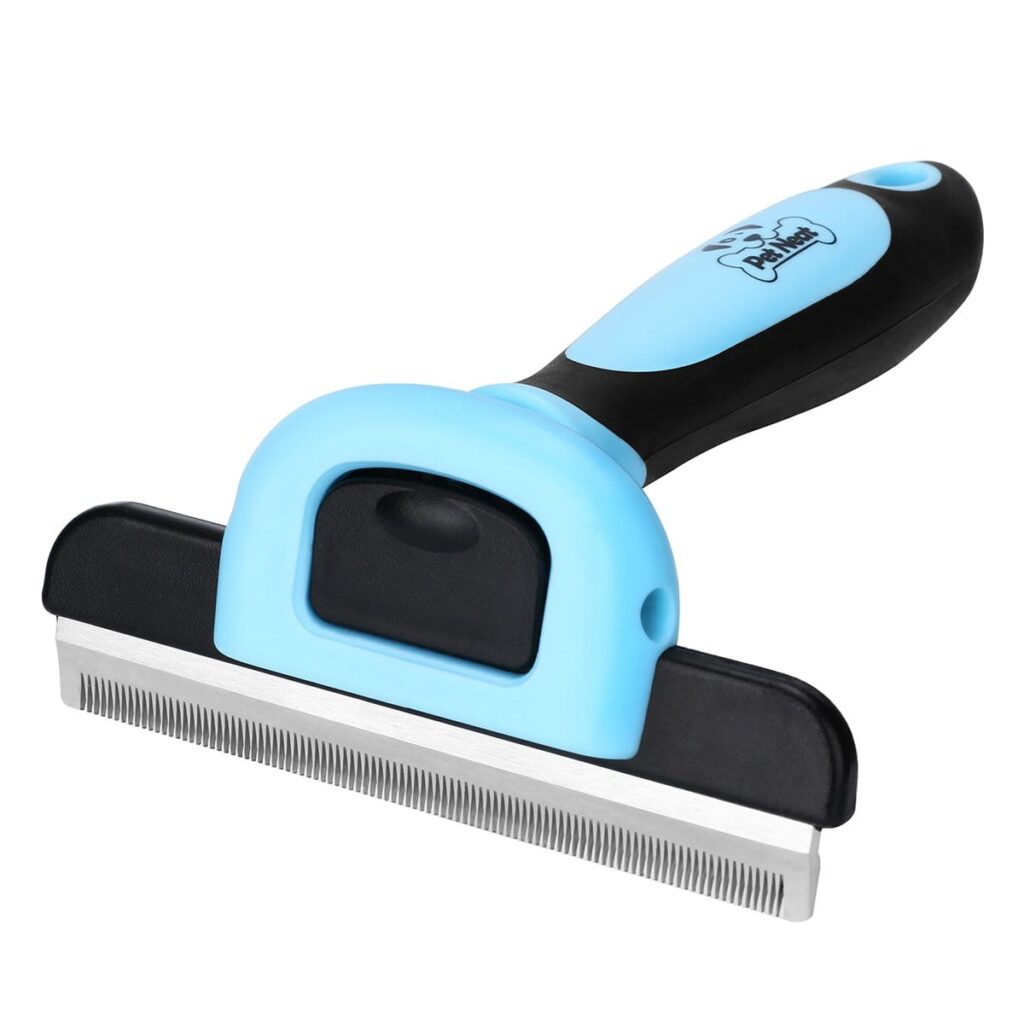
2) Brush your pets often and regularly
If your pups tend to shed a lot (Golden Retrievers, Huskies, Labs, etc.), you should probably be brushing them once or twice a week. When your dog is blowing their coat out (typically in the Fall or Spring), try to brush them at least once every other day, if not every single day. While this might seem excessive or a lot of work, it will actually save you time in the long run.
It’s easier to clean one dog than an entire house and the more you groom your dog, the less of a task it will be every time you sit down to brush them. Plus, brushing your dog tends to be a great bonding experience and is something that most pups enjoy. You should be spending regular face time with your pets regardless, so why not make that time productive?
Even if your dog comes from a hypoallergenic breed or breed that doesn’t shed much, regularly brushings are still important. Even though dogs like Poodles, Havanese, Bichon Frise, and Yorkies shed minimally, they still produce dander (they do have skin after all) and their hair can pickup free floating particles such as pollen, yeast, mold or fungi while outside.
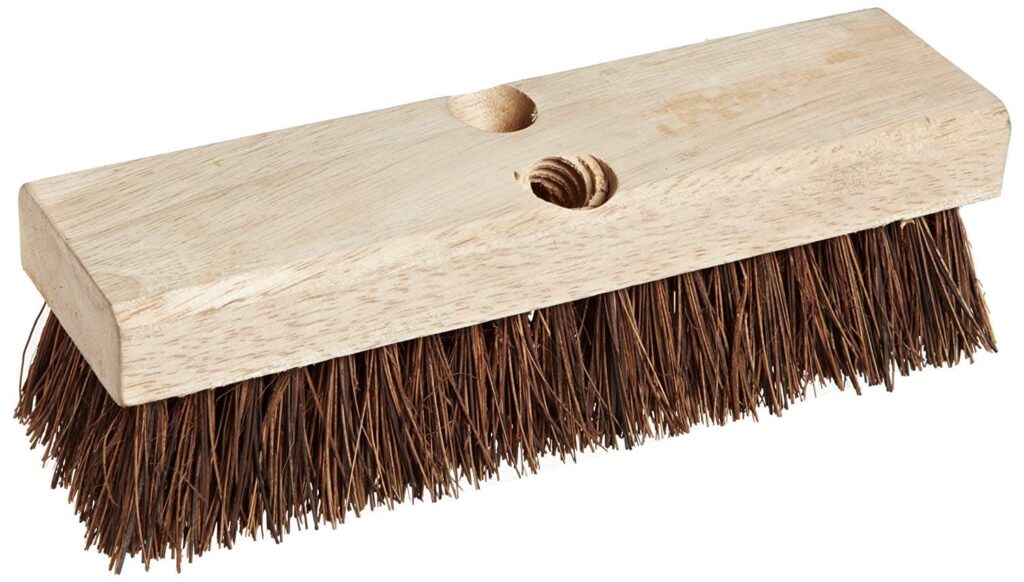
3) Use a Palmyra stiff bristle brush to remove fur and dander from fabrics
When it comes to removing pet dander and fur from carpet and fabrics, nothing works as well as a stiff palmyra brush. These brushes are readily available from a wide number of manufacturers and retailers. They are very inexpensive and made from India Palmyra palms – a natural and renewable resource.
Best of all, Palmyra brushes come in a wide range of widths and sizes. A smaller handheld brush might set you back around $5 and do an excellent job pulling fur out of more detailed portions of your couch or curtains. For $7 you can get a wider deck brush, that will fit on the end of your standard broom handle. Allowing you to quickly and easily deep clean larger surfaces like rugs and carpets without breaking your back.
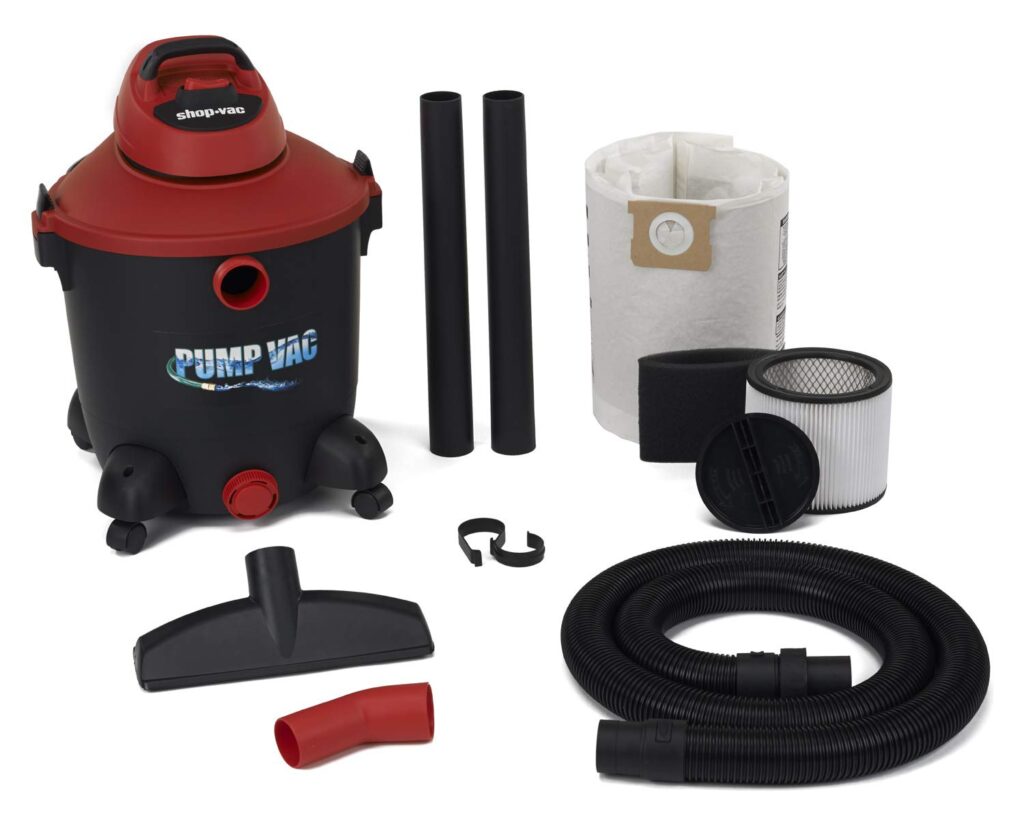
4) Use Shop-Vac Wet Dry Vacuum Cleaners to clean almost everything
When it comes to cleaning a home, most folks don’t think about using a Shop-Vac. If you already own one, it probably lives in your basement and you only break it out when doing home repairs or you’re working on some other DIY project, as it is most likely covered in paint, saw dust or other mess that is probably be relegated to your basement, garage or workshop.
But I’m telling you, if you clean that thing up, it has the potential to easily become one of the hardest working and most versatile tools in your odor eliminating arsenal. I’d go so far as to say, most pet lovers should probably considering buying a second one just to use for regular cleaning.
Shop-Vacs check a lot of boxes when it comes to odor removing. Dollar-for-dollar they are one of the best cleaning tools you can buy and a most have for all dog owners. They’re super durable, powerful, clog resistant and can be easily cleaned / sanitized. More importantly, they can fit countless attachments and filters. Attach a wet / dry filter to clean up urine or remove wet stain treatments after soaking. Or attach a fine HEPA / drywall dust filter to make short work of pet dander and fur.
5) Clean pet urine like a pro
If you’re a dog owner serious about eliminating pet odor (and preventing repeat markings) we strongly encourage you to checkout or easy-to-follow pet urine cleanup guide. Our go-to cleaning technique uses common household cleaning products (primarily window cleaner and baking soda) and works exceptionally well. Better than any all-in-one cleaning solutions or any other cleaning approaches that we have found on other pet blogs.
Why we do not recommend cleaning pet urine with hydrogen peroxide
You might remember the classic volcano “science experiment” from elementary school or chemistry class, mixing vinegar or hydrogen peroxide with baking soda. While these paper mache volcanos do a great job demonstrating ph and endothermic reactions. While this cleanup methods inspired by this elementary school experiment are undoubtedly popular on pet blogs and may look like they are “working”. We would argue that these methods are not often as effective or as safe as commonly touted.
6) Prevent “accidents” before they happen
As we mentioned earlier, the best way to eliminate odors is to prevent them from happening. While there are exceptions to every rule, the vast majority of cats and dogs take quite easily to house training and will remain housebroken or litter trained for most of their lives.
Both cats and dogs naturally tend to be pretty mindful of where they “go”. If your dog suddenly starts urinating or defecting in your home, there is usually an underlying reason why.
Generally speaking, this reason takes the form of either some kind of psychological stress or an underlying medical issue.
For cats and dogs any change can be potentially stressful
Pets tend to be creatures of habit. Any major change to your household, family make up or routine can trigger stress anxiety, or depression in your pet. Bringing home a new addition to your home – be it a child or partner – can upset your dog. Moving or switching up your commute can also make an impact, presenting new triggers or amplifying existing issues, such as separation anxiety or fear of severe storms.
Struggles with house breaking may be a sign of a larger medical issue
Alternatively, these accidents might be a sign of more serious health issues, such as kidney problems, GI issues, dementia, general mobility issues, hormonal imbalances, or other health problems. Which is why we strongly recommend consulting with your vet anytime your dog displays any drastic shifts in behaviors, mood or temperament.
Why you shouldn’t declaw your cats
There is a reason many veterinarians refuse to declaw cats. Declawing is a surgery, not a manicure. When a cat is declawed, you’re not simply removing their finger nails. You’re actually amputating the last bone in each toe or slicing the tendon that controls the claws.
The Journal of the American Veterinary Medical Association published a report finding that the incidence of bleeding, lameness, and infection was similar in both methods. Moreover, if the procedure is botched and not all of the bone is removed, cats may begin to regrow their claws, causing the new claws to grow embedded in the cat’s paw.
As all of these complications are likely to cause a cat pain and make their paws more sensitive, the procedure has been associated with unwanted changes in temperament, increased biting behaviors, and litter box aversion. So, if you declawed your cat and they suddenly don’t use their litter box, you really only have yourself to blame.
When in doubt, ask a vet
Regardless of why your dog or cat is suddenly struggling with litter or house training, a knowledgeable veterinarian professional should be able to help get to the root of your pet’s issues and at a minimum, point you in the direction of specific help for your pet. When it comes to the health of your pet, the only advice you should trust is that of your veterinarian.
7) Keep a Drool Journal
Ever find your house smelling vaguely like dog, but you’re not quite sure why? There’s a good chance slobber and drool are your mystery odor culprits.
There are a few reasons for this. Slobber has more a subtle smell (especially compared to urine and poop), that tends to build slowly over time as the bacteria normally contained in your dog’s mouth begins to multiply and spread. You won’t notice any smell and then *BAM* your house suddenly smells awful.
And, as drool often dries clear, you’re left not entirely sure why your home smells or where the mystery odor is coming from. If you want to track down these mystery odor sources, the best thing to do is to start a drool journal.
How to start a drool journal
Starting a drool journal is easy. All you need is a notebook and a pen. Whenever you see your dog drool or leave a wet spot on something, write it down. If your dog drools on something again, put a hashmark next to the line item.
It should probably go without saying, you should clean as you go. But as you clean, continue to keep your drool journal up to date. Within a month you’ll have a list of popular drool hot spots and items that you should either deep clean, toss in the wash, or replace.
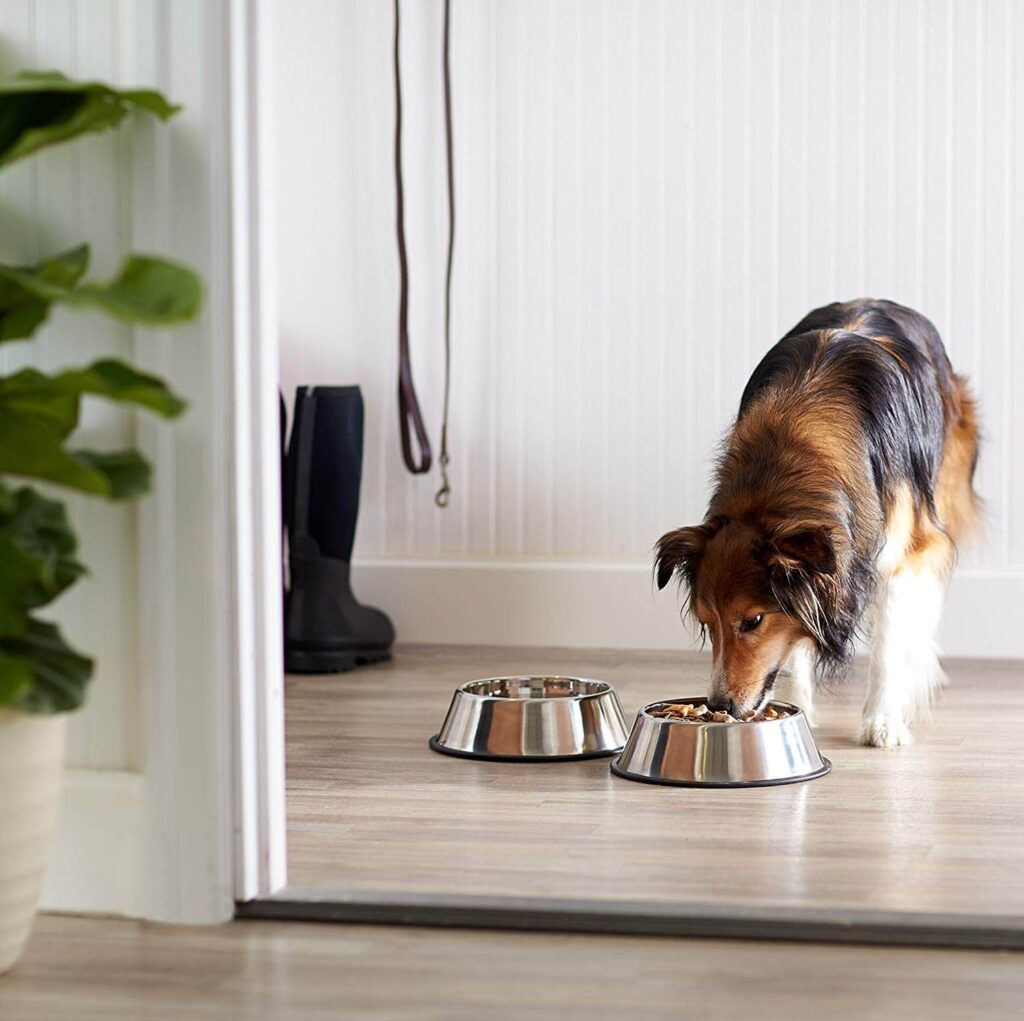
8) Wash water and food bowls with your other dishes
Dog food bowls are such an obvious source of pet odor, but one that many dog owners forget about. Even if you serve your dog or cat dry food, it doesn’t take long for bowls to grow a crusty layer of food crumbs and saliva.
Every time you run your dishwasher, toss your dog’s food and water bowls in. Whenever you clean a big pot or pan by hand, wash your pet’s bowls. Just be sure to towel dry any food bowls before returning them to service – otherwise any kibble dust is likely to immediately stick to the bowl.
9) Wash or replace ALL of your dog’s possessions regularly
Most pet owners remember to occasionally wash or replace pet beds, but when was the last time you washed their collar, leashes, coats or toys? I am constantly amazed at the number of dogs that visit our studio fresh from the groomers wearing smelly old collars. If your dog’s collar smells, it’s only a matter of time before your dog will also smell.
When was the last time you smelled your dog’s toys?
You should already be regularly checking your dog’s toys for any fraying, damage and potential choking hazards. While you’re at it, why not give your dog toys a quick sniff test and wash or replace anything that stinks? Again, if the toy basket smells, it’s only a matter of time before you starting noticing pet odors in your home.
10) Give your dogs antlers instead of bones
If your dog is a chewer, consider giving them deer antler sheds. Deer antlers are less likely than bones to splinter and unlike rawhides, they present less of a risk of intestinal blockages. And, if sanitized properly, antlers also tend to smell less awful than either chew alternative. Best of all, since deer naturally shed antlers following rut season, nothing has to die for your dog enjoy these natural chew toys.
Antlers are cruelty free and tend to be easy to find in wooded areas
If you happen live in an area with a large white tail deer population (which is most of the Mid Atlantic – including the suburbs and rural areas surrounding Baltimore and Washington D.C.), you’re likely to find these antlers just laying on the ground during early spring hikes.
For those dog owners who don’t live near wooded areas or don’t know any hunters, dog friendly antler chews can also be purchased from most pet supply retailers, both online and in person from most local pet food stores, like our friends at Howl in Hampden and Scratch and Sniff Pet Supplies in northern Baltimore County.
Eliminating pet odors mostly about common sense
Pets can be messy and smelly if left to their own devices. But just because you live with pets does not mean your home must smell like you live with pets. With a little common sense and by regularly practicing good hygiene, it is possible to eliminate most of the worst offending pet odors from your home.
Did we miss a DIY pet odor remedy? Drop your suggestion in the comments below and if we like your idea, we might just include it in our list!

